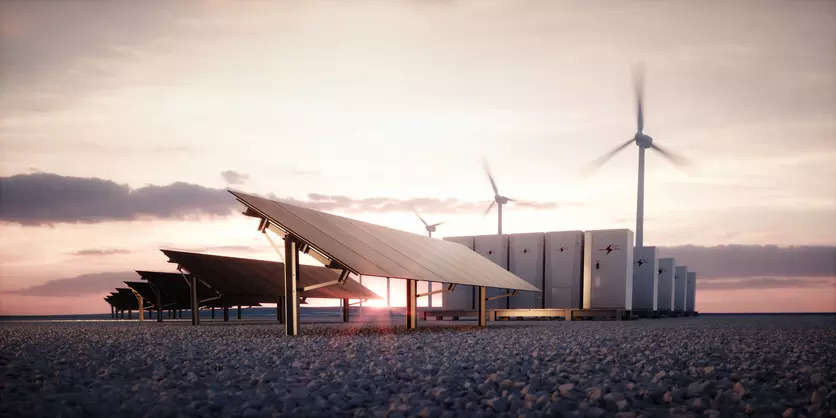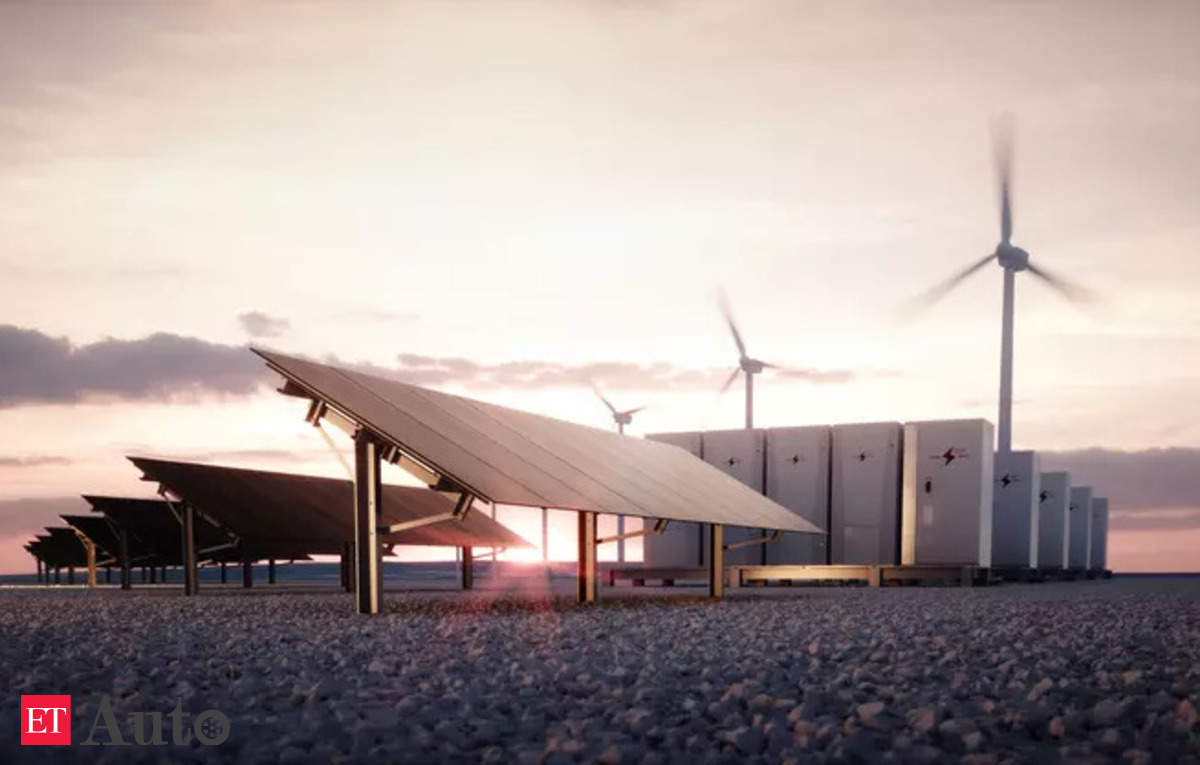
For the first time Australia’s main electricity grid reached a share of over 70% for renewable energy this week, an achievement that showcases the rapid rise of solar and wind generation, but also highlights several challenges.
Australia is a world leader in renewable electricity generation and has the world’s highest penetration of rooftop solar systems per capita.
At around 1.05 pm Australian Eastern Daylight Time on Oct. 24 the grid that supplies the five of the nation’s six states was powered by 72.5% renewables, with solar and wind providing 70.9% and hydro the other 1.6%.
That may sound like a remarkable achievement in a country that until recently was largely powered by coal, but it could have been even higher, possibly above 90%.
The reason total generation from renewables didn’t reach over 90% on Oct. 24 was that some renewables were curtailed, largely due to negative wholesale electricity prices, according to the website Renew Economy.
The rising share of renewables illustrates a wider problem for Australia’s grid, and those in other countries that are also seeking to transition away from fossil fuels.
Australia generates excess solar during the middle of the day, which in turn forces the ageing fleet of coal-fired generators to ramp down, before they ramp up again as the sun sets and renewable generation slides.
There are solutions to this, and all of them are variations on the theme that as the grid is fed by more and more variable renewables, you need fast-acting and variable back-ups.
In Australia this role has fallen to natural gas-fired peaking plants, battery storage and hydropower.
Natural gas, while cleaner than coal, still emits carbon and ultimately isn’t a long-term solution if the goal is to reach net-zero electricity generation.
Hydropower has limited scope in Australia, and plans to develop pumped storage solutions have been delayed, or face massive cost blowouts, which undermine their economic case.
That leaves batteries, and Australia already has several utility-scale battery farms, using mainly lithium-ion units.
These have the advantage of being rapid response and also able to help with frequency control on the grid.
But they also have disadvantages, including they are costly, they don’t last long and if there is a fire, they are difficult to extinguish.
One of the lessons of the energy transition is that there is room for numerous different solutions and to meet the need for extended storage, it’s possible that iron-flow batteries may be the answer.
This is a type of redox-flow battery and typically consists of two tanks for a negative and positive electrode and pumps. They can operate for up to 25 years, require minimal maintenance and can work over a wide temperature range.
JOURNEY STARTS
Iron-flow batteries were developed decades ago but have yet to be deployed as a grid-scale energy storage solution.
However, Stanwell Corp, an electricity generator owned by the Queensland state government, has entered into an agreement with Energy Storage Industries Asia Pacific (ESI) to develop a 1 megawatt (MW)/10 megawatt-hour (MWh) pilot plant.
This comes in the form of 20 12-metre (39 foot) batteries that will be installed at the Stanwell power station in the Queensland regional city of Rockhampton.
The agreement, announced on Oct. 5, also gives Stanwell the right to purchase up to 200 MW of storage a year from 2026. The project plans to have a 150 MW battery in commercial operation by 2029.
Iron-flow batteries can provide electricity for longer durations than typical lithium-ion alternatives, lasting up to 10 hours, meaning an 150 MW battery plant could power 50,000 homes overnight.
ESI Managing Director Stuart Parry believes iron-flow batteries are an idea whose “time has come.”
With the retirement of coal-fired generators over the coming decade, iron-flow batteries can fill in the gap, Parry told Reuters in an interview on Oct. 20.
“There hasn’t been a need for them up to now, you need to see large-scale generators drop off,” he said.
Parry doesn’t see iron-flow batteries replacing lithium-ion units, rather they are complementary with lithium batteries able to arbitrage power prices by acting rapidly, while iron-flow units are more likely to act as baseload firming for the grid when renewables tail off.
Parry also says iron-flow batteries work out about a third cheaper than lithium ion units when looking at the cost on a MWh basis.
They do have some disadvantages, namely being they are much larger than equivalent capacity lithium units, meaning they need space to be installed.
They also are too large for residential use, although if regulations were amended it’s possible they could work on a neighbourhood basis, or in remote towns unconnected to the main grid.
On the surface, iron-flow batteries seem like a solid solution to how to run an electricity grid dominated by variable renewables.
But to be deployed at scale they will need a supportive regulatory environment that will enable sufficient land, grid connections and economics that make sense to utilities.









